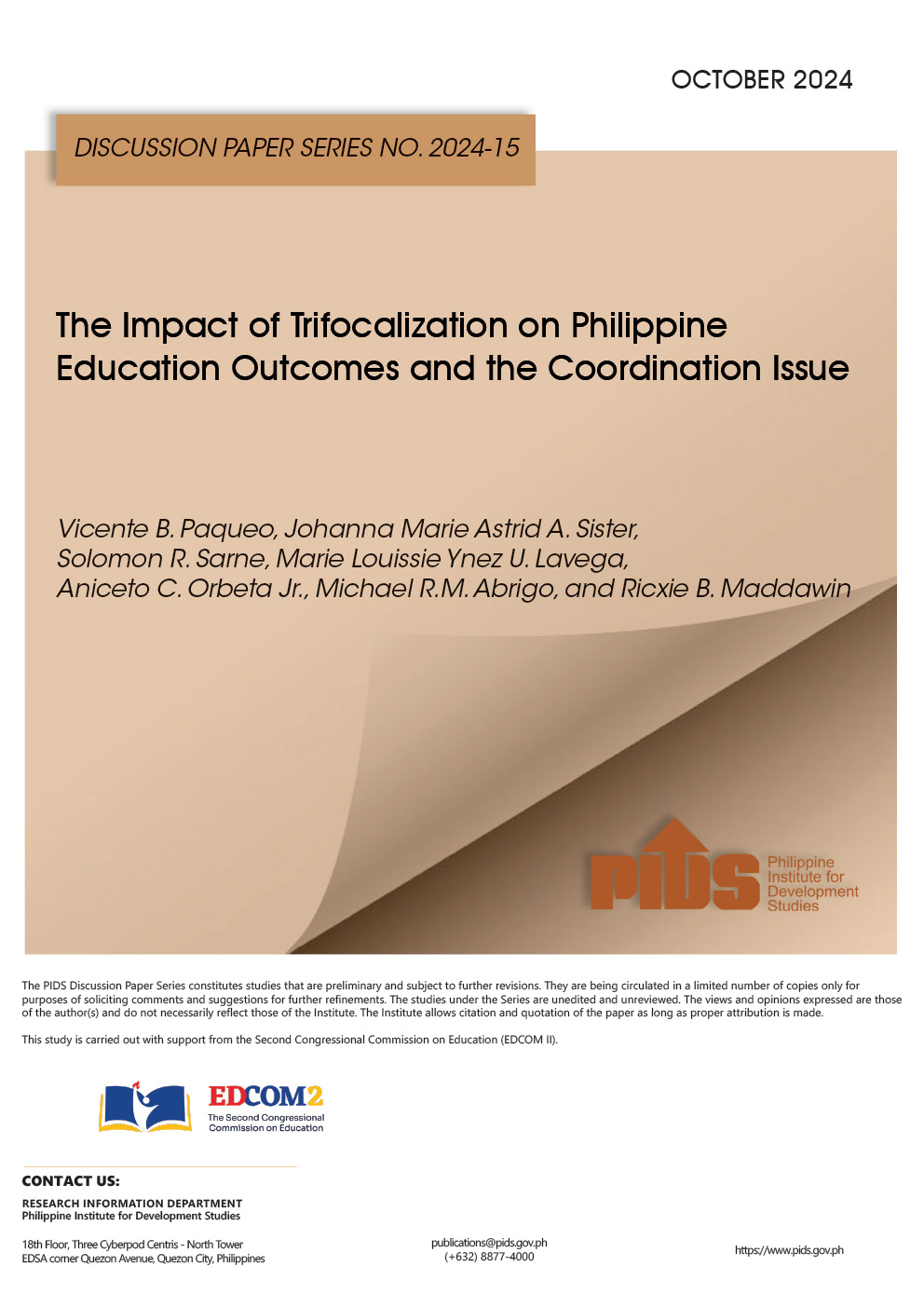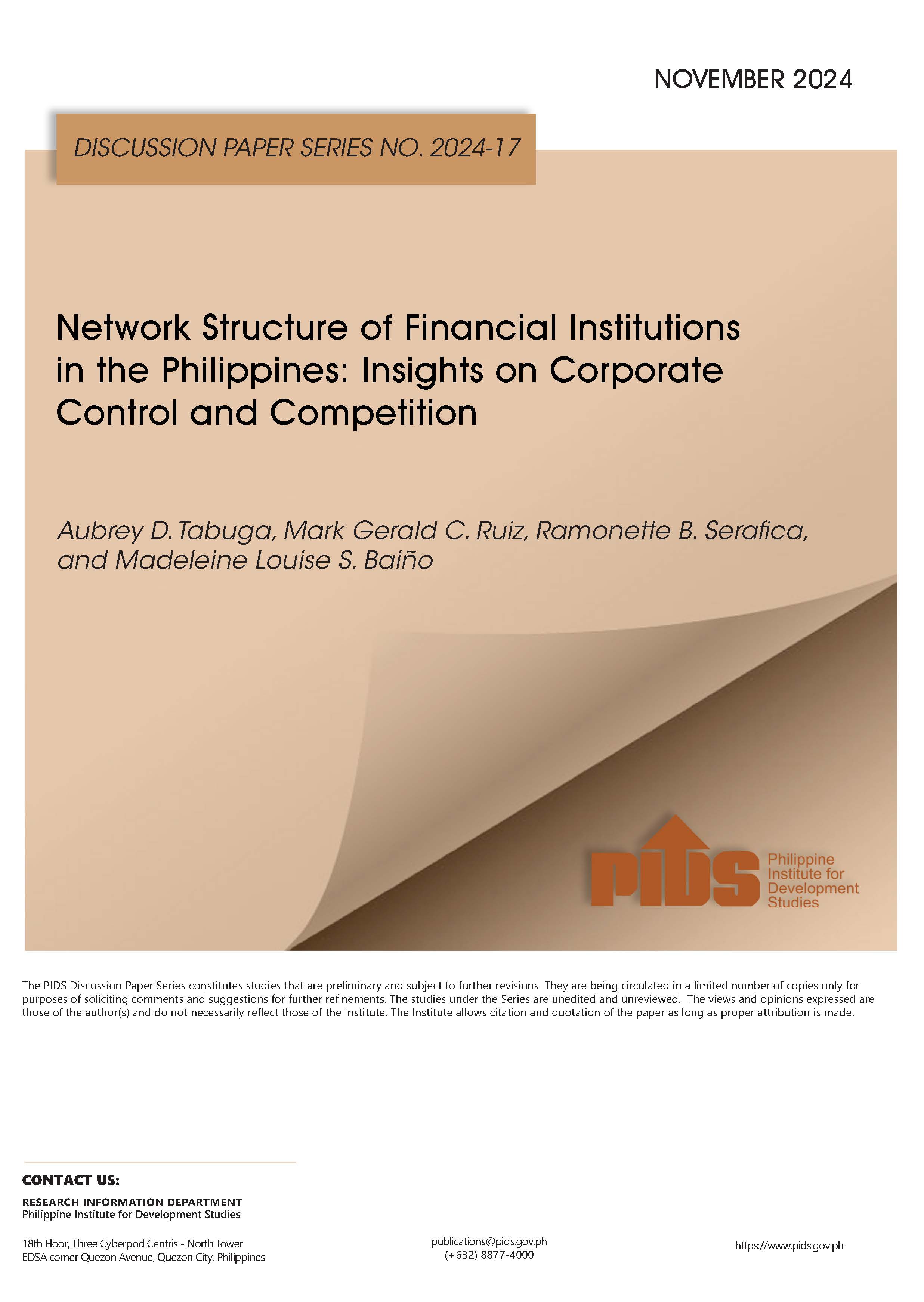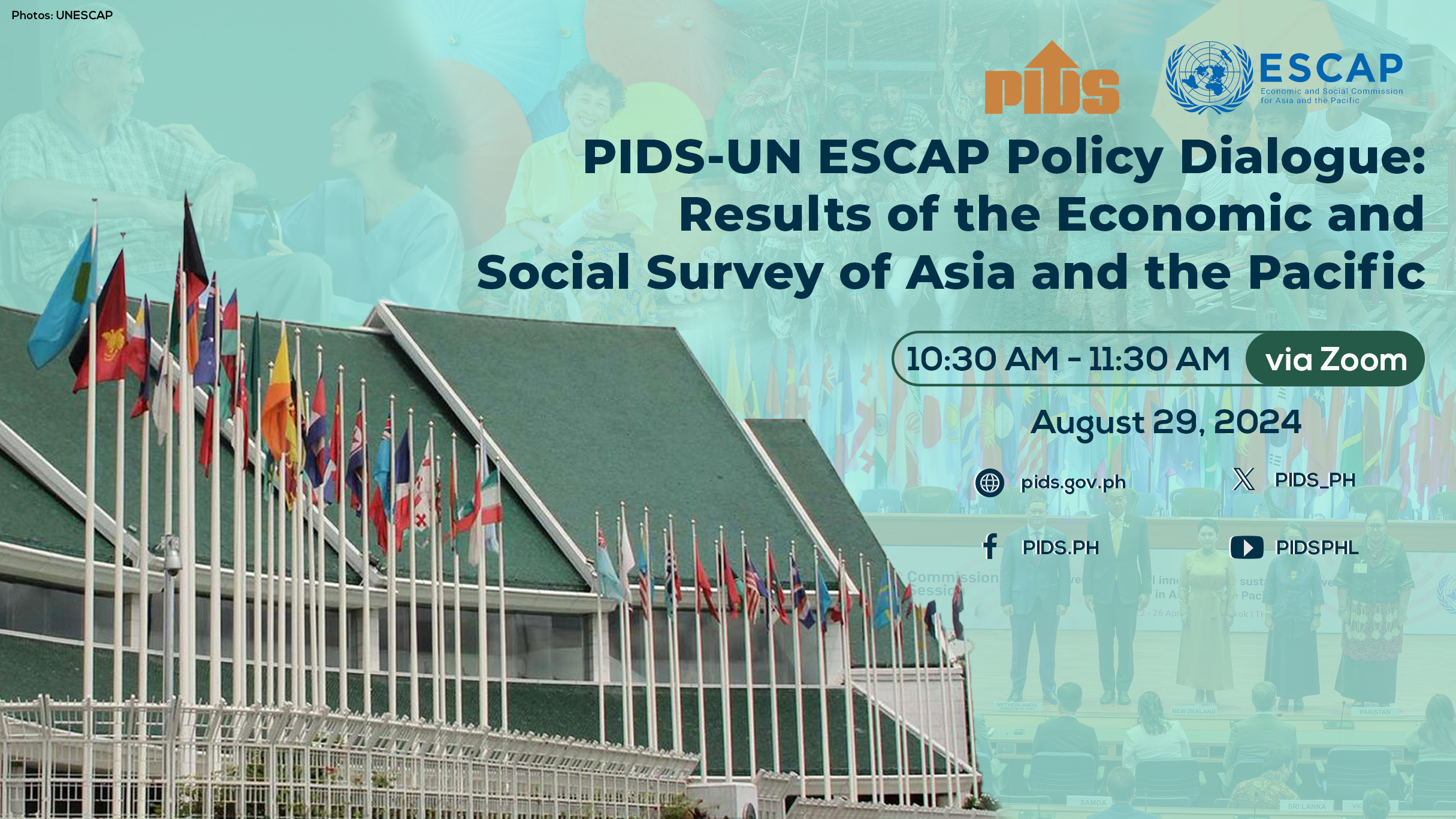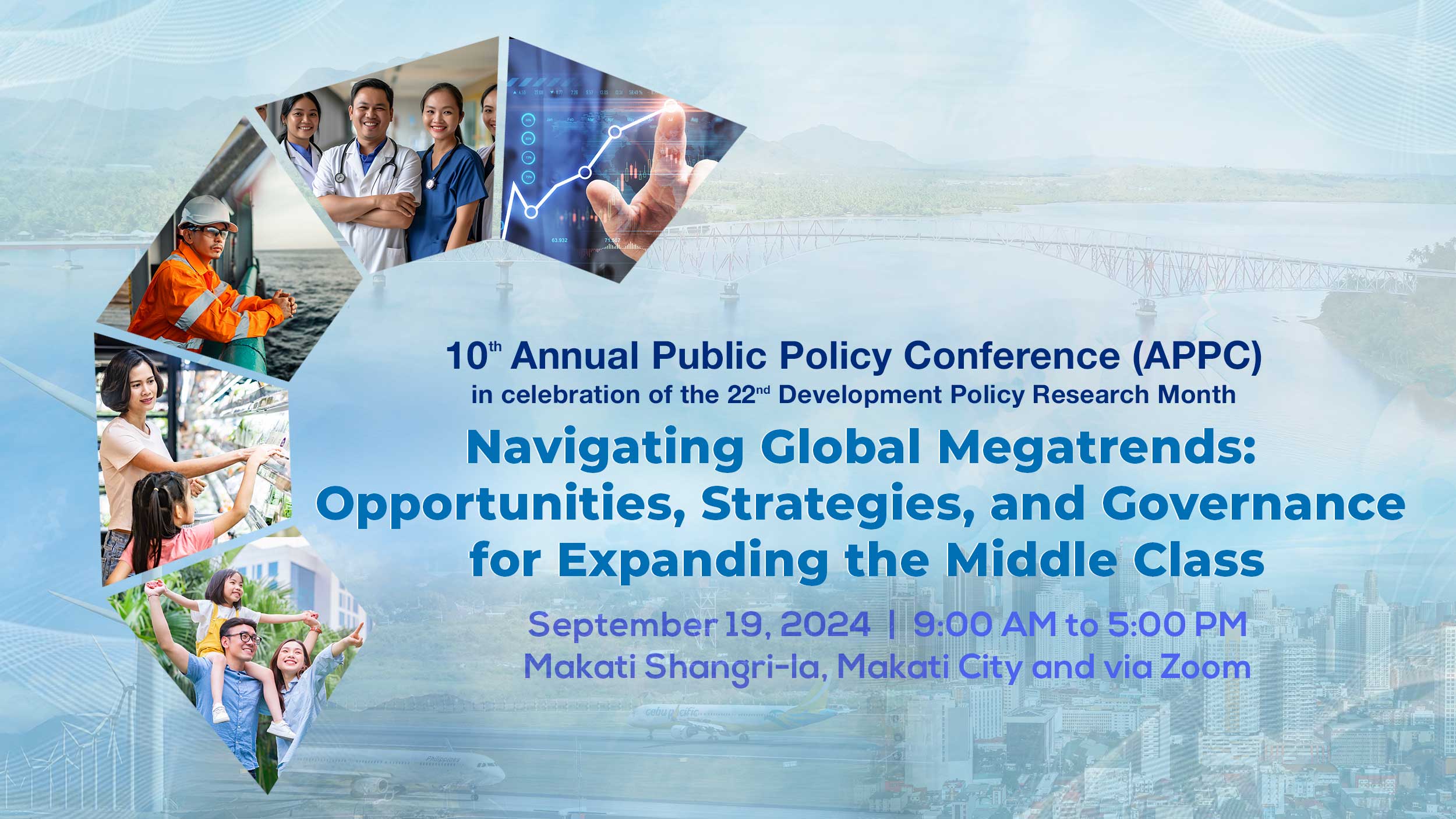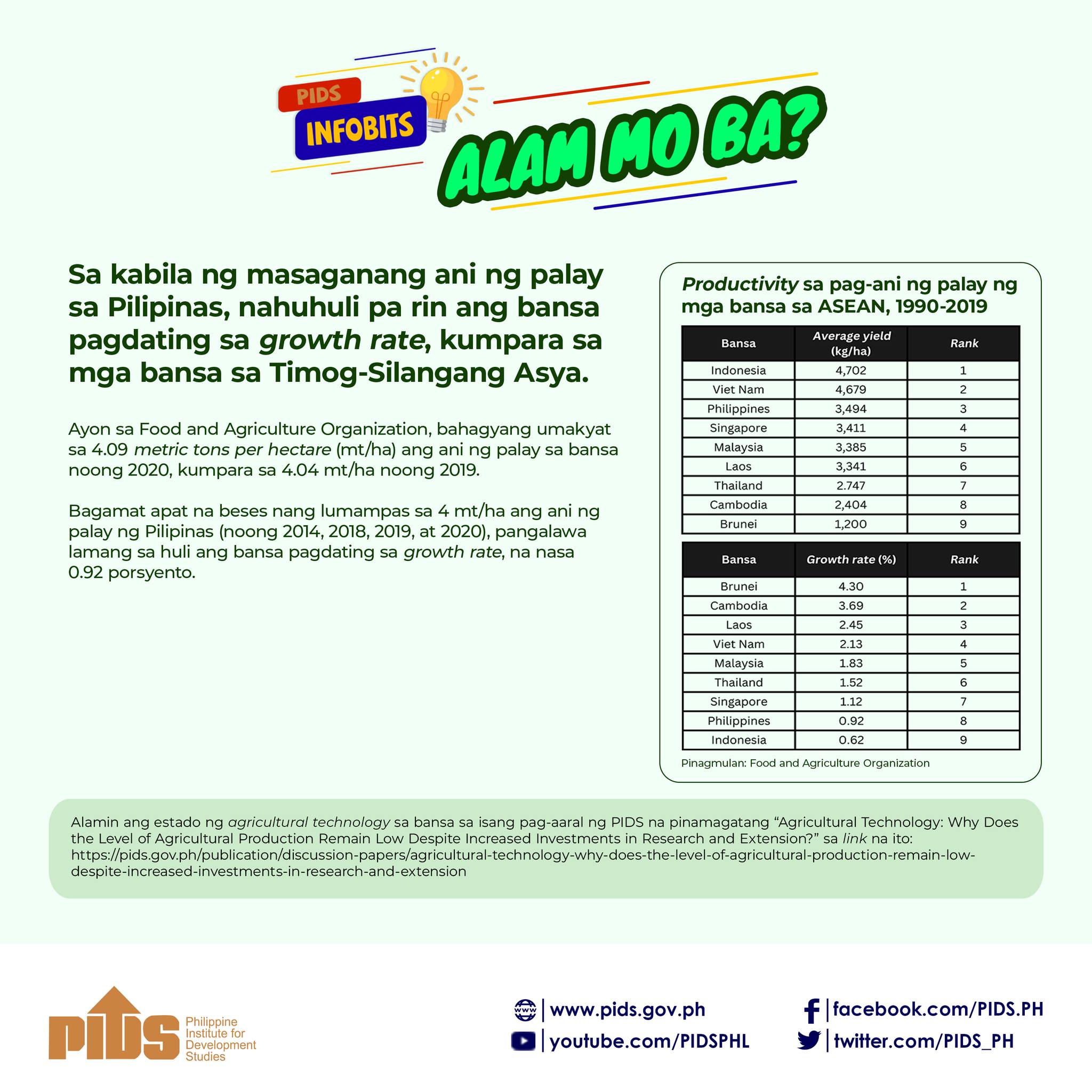MANDALUYONG CITY, Apr. 30 -- Despite the slowdown in the Asia-Pacific region’s economic outlook, the Philippines had experienced a growth trajectory.
During the press launch of the Economic and Social Survey of Asia and the Pacific 2016 held here yesterday, Dr. Jose Ramon G. Albert, Senior Research Fellow of the Philippine Institute for Development Studies said the country’s gross domestic product (GDP) growth rate was at 6.3 percent from 2010 to 2014, the highest five-year average during the past 40 years. The high GDP growth was sustained in 2015.
“Now, we are expecting it (the high GDP growth rate) to continue this year,” he said.
Albert said that recent economic growth in the Philippines has been at par with, and even surpassed those of other countries in Asia-Pacific region.
Like the rest of the Asia-Pacific countries, Albert said the Philippines had “a little bit of volatilities in domestic financial market but underlying fundamentals remained sound.”
“We’ve had inflation averaging under two (2) percent last year compared to other economies in the region which is good news,” he added.
The economic outlook for developing Asia-Pacific economies is broadly stable but is clouded by uncertainty due to risks of financial volatility and high private debts, according to the United Nation’s Economic and Social Survey of Asia and the Pacific 2016.
“Fiscal policy can potentially place an important role in enhancing economic growth, particularly through spending on education, health, infrastructure, which will have significant impact on the distribution of income and opportunities for long-term growth,” said Heather Lynne Taylor, UN Economic Affairs Officer.
Good Governance
Albert said that the current administration’s good governance agenda of a corruption-free government (“Kung walang corrupt, walang mahirap”) led to successive credit-rating upgrades and improvements in various global competitiveness rankings for the country.
One of the agenda also include investments in human capital. For 2015 alone, Albert said the government allocated budget for education at about US$ 8 billion, an 18.6 percent increase from 2014.
Moreover, the conditional cash transfer (CCT) program provides assistance for poor households on condition that children go to school and get deworming, and mothers avail of maternal health services.
Education grants are provided per child (maximum of three children per household only) and per month for 10 months.
Assistance is also extended to child beneficiaries for them to finish their high school education with a monthly cash assistance.
The number of out-of-school children also declined from 3 million in 2008 to about 1 million in 2013 through the CCT, increased budget for the Department of Education and the full implementation of the K to 12 program.
The big challenge according to Albert, is sustaining these gains, especially the CCT and other investments in the social sector.
Other challenges he cited also include the need to boost the country’s competitiveness and productivity, climate for innovation, and improved infrastructure spending. (PRC-PIA)
During the press launch of the Economic and Social Survey of Asia and the Pacific 2016 held here yesterday, Dr. Jose Ramon G. Albert, Senior Research Fellow of the Philippine Institute for Development Studies said the country’s gross domestic product (GDP) growth rate was at 6.3 percent from 2010 to 2014, the highest five-year average during the past 40 years. The high GDP growth was sustained in 2015.
“Now, we are expecting it (the high GDP growth rate) to continue this year,” he said.
Albert said that recent economic growth in the Philippines has been at par with, and even surpassed those of other countries in Asia-Pacific region.
Like the rest of the Asia-Pacific countries, Albert said the Philippines had “a little bit of volatilities in domestic financial market but underlying fundamentals remained sound.”
“We’ve had inflation averaging under two (2) percent last year compared to other economies in the region which is good news,” he added.
The economic outlook for developing Asia-Pacific economies is broadly stable but is clouded by uncertainty due to risks of financial volatility and high private debts, according to the United Nation’s Economic and Social Survey of Asia and the Pacific 2016.
“Fiscal policy can potentially place an important role in enhancing economic growth, particularly through spending on education, health, infrastructure, which will have significant impact on the distribution of income and opportunities for long-term growth,” said Heather Lynne Taylor, UN Economic Affairs Officer.
Good Governance
Albert said that the current administration’s good governance agenda of a corruption-free government (“Kung walang corrupt, walang mahirap”) led to successive credit-rating upgrades and improvements in various global competitiveness rankings for the country.
One of the agenda also include investments in human capital. For 2015 alone, Albert said the government allocated budget for education at about US$ 8 billion, an 18.6 percent increase from 2014.
Moreover, the conditional cash transfer (CCT) program provides assistance for poor households on condition that children go to school and get deworming, and mothers avail of maternal health services.
Education grants are provided per child (maximum of three children per household only) and per month for 10 months.
Assistance is also extended to child beneficiaries for them to finish their high school education with a monthly cash assistance.
The number of out-of-school children also declined from 3 million in 2008 to about 1 million in 2013 through the CCT, increased budget for the Department of Education and the full implementation of the K to 12 program.
The big challenge according to Albert, is sustaining these gains, especially the CCT and other investments in the social sector.
Other challenges he cited also include the need to boost the country’s competitiveness and productivity, climate for innovation, and improved infrastructure spending. (PRC-PIA)

